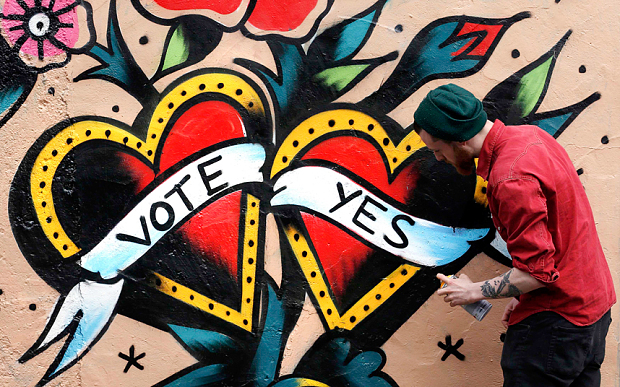Getting Creative: How to create stunning Political Artwork
Creating political artwork is a great activity to engage supporters and allies over. But often organisations call them to send their contributions, without offering much guidance. This often results in contributions being of poor quality, and lacking the visual consistency that would contribute to the campaign “brand” visibility.
Some organisations like 350.org are engaging with their supporters and provide them with training kits for creative aRtivism. A clever way to keep people engaged and at the same time offering them to develop new skills.
The free kit can be accessed HERE



































